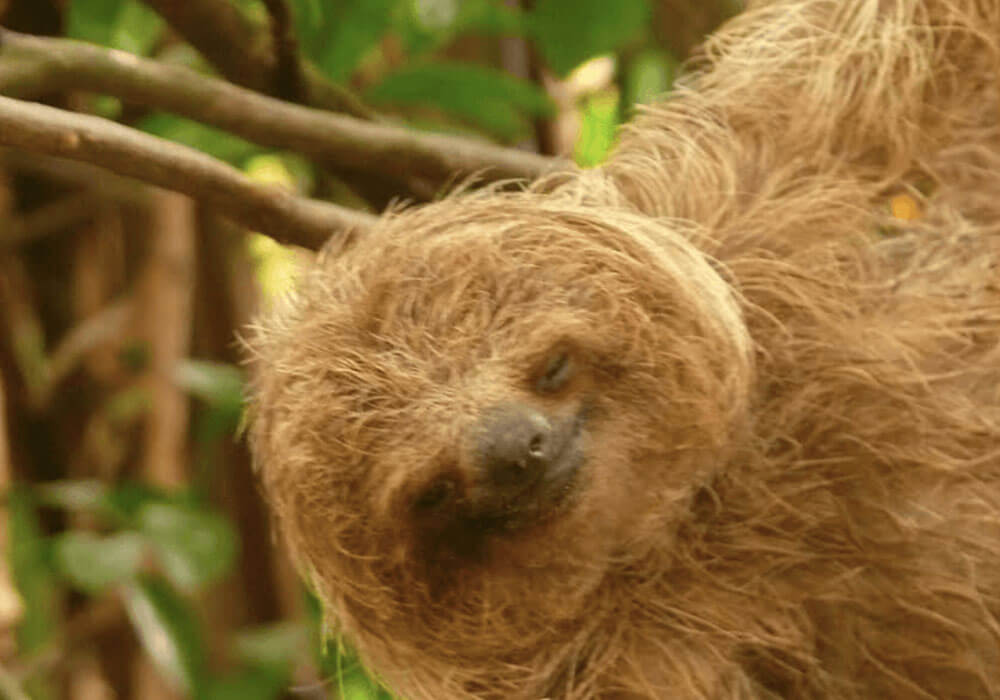Is Costa Rican “Pura Vida” Sustainability Realistic?
News stories that praise Costa Rica’s use of “100 percent renewable energy” for a growing number of days on end focus on the fact that the Central American nation generates a great deal of its electricity from wind power, solar, hydro and sugarcane. The equivalence of “electricity” with “energy” is often made, but make no mistake, for some uses such as cooking, heating, and transportation – natural gas, propane or conventional combustion engines are still the norm. A fair number of the diesel-powered buses and trucks are still running on older engines.
Add to that the beachfront ATV and jet-skis offered to tourists, and Costa Rica is fast approaching a conundrum: how can a country’s business community balance environmental impact and sustainability with the economic need to meet the growing the number of tourists eager to experience this tropical paradise.
Keeping the paradise “pure” as possible while still allowing access are places like Sensoria that offer the chance to enter the rainforest and experience its splendor with minimal footprint. Indeed, the guides were very insistent that we stay on the carefully laid-out paths and that we touched nothing – neither plant nor animal – except in designated areas where we were allowed – or even encouraged – to swim at the base of waterfalls. Most of these areas were kept in their natural states but one thermal pool did use a wooden barrier to create a larger soaking area.
Costa Rica embraces the night. Rather than light to the point of daylight clarity, the lower levels of illumination allow for visibility and do not spill outside the area where light is needed. On the coast where we stayed, the lights were yellow instead of white and kept at a distance from beach to avoid disturbing sea turtles.
I was there a week and never saw, or was offered, a plastic straw with my beverage. Are there lessons learned for businesses abroad, perhaps?
However, what about the people? While I have frequently been disappointed to see litter along roadways worldwide, Costa Rica’s cleanliness was impressive. The city of Liberia had a low amount of litter and graffiti and the countryside was virtually free of roadside refuse. Even the beaches, where things tend to wash up, had very little trash on the shore. Along the coastline in Guanacaste, there was remarkably little debris from “civilization” to be found.
There were often separate bike lanes along major roads but even on the smallest ones, drivers were courteous and slowed, stopped, went into the opposite lane for pedestrians and cyclists. Part of the reason travel times between places were longer than the distance would indicate was the fact that the “I have to get there NOW!” mentality of many nations was simply non-existent. We experienced many places where roadwork was being done to widen, or to add culverts and concrete pipes to channel water under, not over, the roadways. It is important to note that, when I made this observation, it was pointed out to me – and I verified – that the fatality and accident rates are actually quite high; often attributable to excess speeds and alcohol-related accidents.

In 1948, Costa Rica made the decision to eliminate its military and while there are police evident and highly visible, the re-focus of money and emphasis on education were clear. Even the smallest towns had schools, all of which were protected with fences and barriers, in part to prevent child trafficking that plagues other country. Students in uniforms could be seen walking to their buses, or on playgrounds or through open doors and windows sitting dutifully in their classrooms.
There is an astounding profusion of plant, animal, bird, sea and insect life everywhere. Life practically explodes in this climate to the delight of both locals (ticos) and tourists. On our way to visit one location the construction crew that was controlling one-lane-access as they worked on the other half of the road gestured above to that our driver and guide knew to stop to show us the first sloths we saw while there. In fact, we saw howler and spider monkeys, parrots, toucans, a pair of nesting Pacific Screen Owls, and other birds variegated squirrels, bats, crabs, a profusion of lizards ranging from tiny to black and green iguanas to crocodiles. Butterflies, dragonflies, beetles, leaf-cutter ants, red-eyed and blue-legged frogs, and, in the ocean, spotted eagle rays, a kind of small manta ray, several kinds of puffer fish, sergeant major fish, angel fish, trumpet fish, and needlefish.
Not surprisingly, the fertility of the land and the abundant water have made agriculture a big business in Costa Rica. Obviously known for fair trade coffee, bananas, pineapples and chocolate, we also saw sugar cane and cattle farms. We were surprised to see flooded fields growing rice and even a tilapia fish farm.
I witnessed how clear and clean air has aesthetic as well as health benefits. The lack of light and other pollution made the night sky spectacular. Our first night, at 4:00 AM, the stars glittered like diamonds on black velvet. And we could see across the water to land that was between 35 and 40 miles away, and mountains that were even further.
Pura vida, (the simple life) is more than just a catchphrase on t-shirts and tourist ads; it is how the ticos describe their lifestyle. In fact, I was surprised to hear it as a response when I said gracias to people. When people call you amigo there is a sense that they really mean it. The smiles of strangers who actually took the time and effort to remember our names when we saw them later in the week came off as genuine rather than creepy. This attitude extended all the way to the flight home, when we were told we could not bring our full water bottles through security, but were pointed to a section of plants where we should dump the water out. But the plants were beyond the security checkpoint so we were allowed to take them through and poured them out afterward. In such a welcoming and beautiful place, how could we do otherwise?
Pura vida, indeed.
Image credits: John Friedman







Follow Us